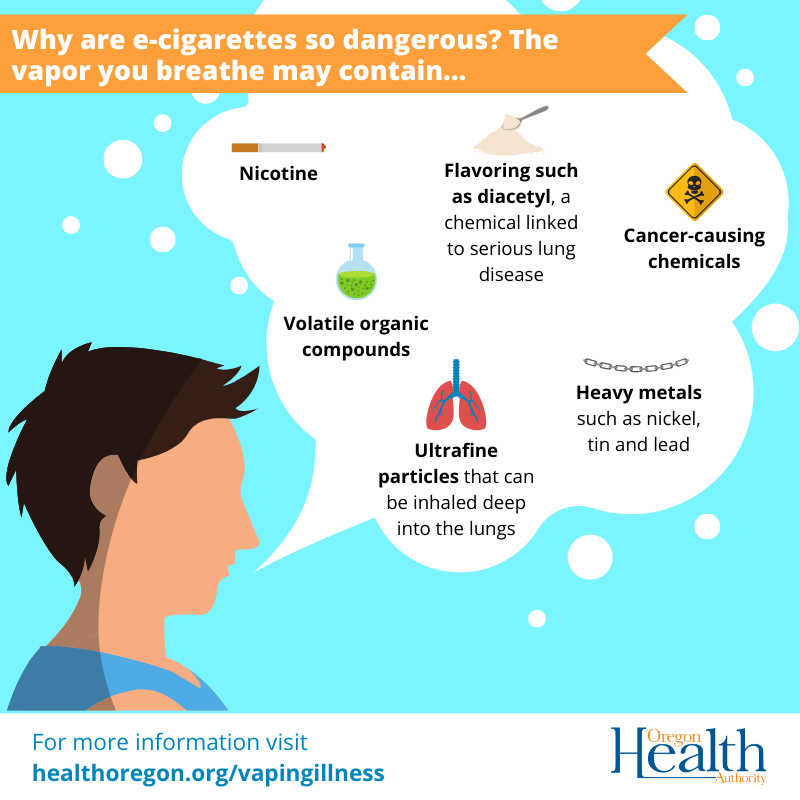Potential Cancer Risks Associated with Electronic Cigarettes
While electronic cigarettes (e-cigarettes) are often marketed or perceived as a safer alternative to combustible tobacco, they are not free from health risks, including a potential risk of cancer. The aerosol produced by e-cigarettes is not simply water vapor; it can contain several harmful and potentially carcinogenic substances.
Key factors contributing to potential cancer risk include:

- Carcinogenic Compounds: E-cigarette aerosol can contain known carcinogens such as formaldehyde, acetaldehyde, and acrolein. These substances can be formed when the e-liquid solvents (propylene glycol and vegetable glycerin) and flavorings are heated to high temperatures.
- Toxic Metals: Studies have detected metals like nickel, lead, chromium, and tin in e-cigarette aerosol. These metals can leach from the heating coil and other components of the device and are associated with cancer and other health problems.
- Volatile Organic Compounds (VOCs): Some VOCs, including benzene (a known carcinogen) and toluene, have been found in e-cigarette aerosol, although typically at lower levels than in traditional cigarette smoke.
- Flavoring Chemicals: While many flavorings are considered safe for ingestion, their effects when inhaled are not always known. Some flavoring chemicals have been linked to lung damage, and a few may have carcinogenic properties or can break down into carcinogens when heated.
- Nicotine Itself: While nicotine is primarily known for its addictive properties, some research suggests it may promote tumor growth or proliferation, though it’s not typically classified as a direct carcinogen in the same way as other substances found in tobacco smoke or e-cigarette aerosol.
The long-term effects of e-cigarette use on cancer development are still being actively researched. Cancer can take many years or even decades to develop, and widespread e-cigarette use is a relatively recent phenomenon. Therefore, conclusive epidemiological data linking e-cigarettes directly to specific cancers in humans is still emerging.
However, the presence of established carcinogens in e-cigarette aerosol provides a scientific basis for concern. The level of risk can vary depending on factors such as the type of device, the composition of the e-liquid, the voltage and wattage used, and individual usage patterns (e.g., puffing intensity and frequency). While e-cigarettes may expose users to fewer carcinogens and at lower levels than conventional cigarettes, this does not mean they are harmless or carry no cancer risk. For non-smokers, initiating e-cigarette use introduces new health risks.










